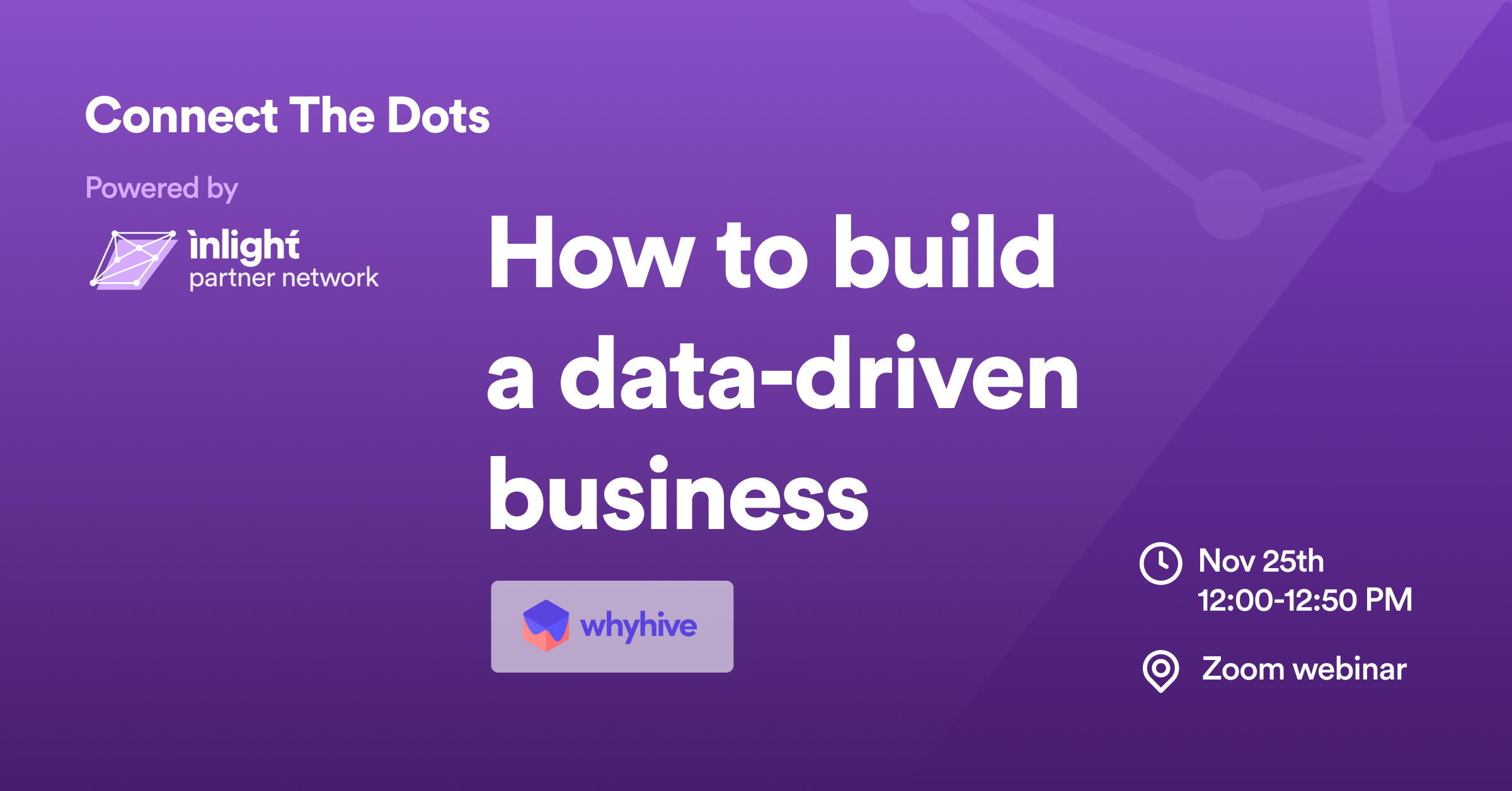Data, data everywhere
What is data?
We think of data as raw information, and it can come in a variety of different formats. Most people think of data as endless excel spreadsheets, and those people aren’t wrong: that is data. But before it ends up in a spreadsheet or a database somewhere, those individual data points can be found in so many different places.
Social media is a good example of this (e.g. Twitter). Where the average person sees Tweets, links and images, a data scientist sees mountains of data regarding how people feel about certain topics, what words they use to describe those same topics, and even how people’s perspectives change over time. And that’s just scratching the surface.

